Cashmere, the mantle of kings, is well known for being one of the softest and most luxurious fibers. It is noble, rare, and precious, just like diamonds or gold.
In the 18th Century, with the growth of the British Empire and the expansion of world trade routes, cashmere was exported across Europe and the Americas. It became very popular with aristocratic women, who loved its softness and warmth and wore cashmere shoulder shawls as the height of fashion and good taste.
While in contrast, wool fabric, is a type of cloth made with the application of animal hair for retaining body heat. It has always been one of the most expensive materials with exclusive properties. The luxury of wool is still perceived as a sign of high social status.
Wool and cashmere are widespread materials to use for custom suits, and the clothes have unique properties that make them different from one another. In this post, we’ll go over the difference between wool and cashmere.
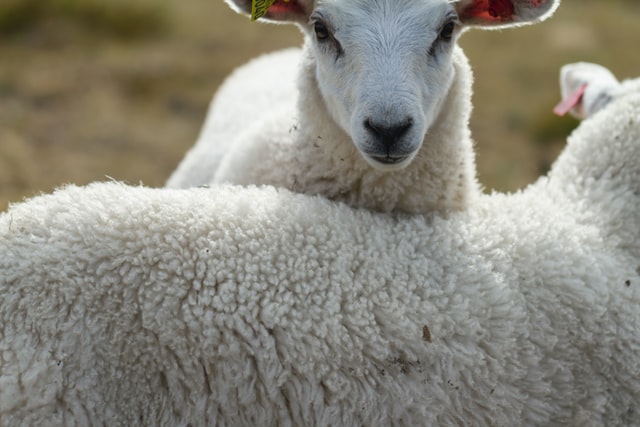
Cashmere is a type of wool that is made from the hair of a certain type of goat native to the Gobi Desert and Central Asia. Long considered to be one of the softest and most luxurious types of wool in existence, cashmere is highly prized as a material for sweaters, scarves, and other light cold-weather gear.
Premium cashmere is made from the long hairs of goats—and it's combed, never sheared. Shearing yields shorter fibers that are prone to pilling. Before you buy, rub the surface of a garment with the palm of your hand and see if fibers begin to roll up and/or shed.
Cashmere is up to 8 times more insulating than regular sheep's wool. It can keep you cool when it's hot and warm when it's not. Cashmere is adept at wicking moisture away from your body.
Also, cashmere is light, elegant, comfortable, not scratchy, breathable, and fire resistant.
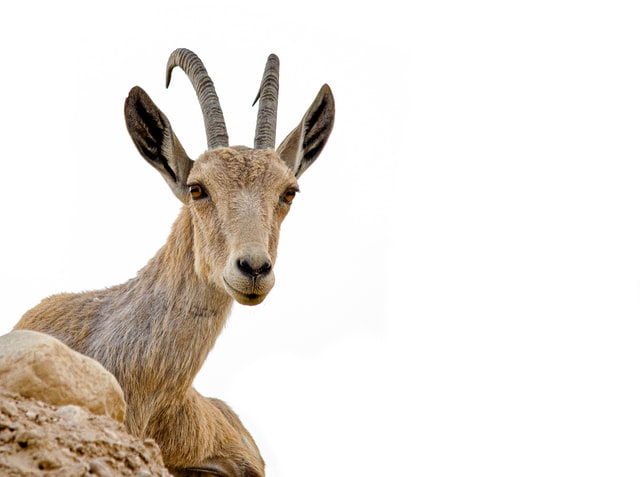
Wool is the soft wavy or curly usually thick undercoat of various hairy mammals and especially sheep made up of a matrix of keratin fibers and covered with minute scales.
The manufacturing process of wool includes shearing the sheep, cleaning the Wool, Carding the Wool, Spinning the Wool into Yarn, weaving, knitting, and dyeing.
Wool is very elastic, resistant, heat retentive, and capable of absorbing moisture, as well as promoting natural perspiration. These properties give the final fabric unique characteristics, whilst preserving its natural feel.
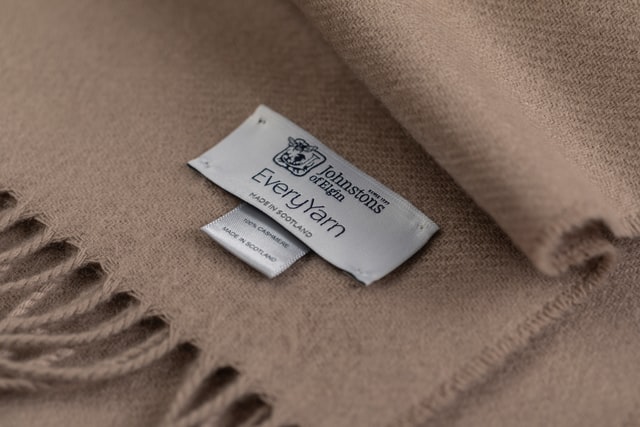
1. Fine and soft texture
2. Natural insulation properties
1. Coarser texture compared to cashmere
2. Natural insulation and moisture-wicking properties
Cashmere and wool do have differences, the main difference between wool and cashmere is the softness and fineness of the fibers. Wool is a coarser, stronger fiber that is more durable and less expensive, while cashmere is a finer, softer fiber that is more delicate and luxurious.
Wool is made from the hair of sheep, and it is believed to have been one of the first fibers used by humans for clothing and other purposes. While cashmere is made from the soft undercoat of the cashmere goat, which is native to the Himalayan region of India, Nepal, and China.
Furthermore, wool is a slightly different animal. It actually absorbs a small amount of liquid into the core of its fibers, but it also wicks moisture out through small openings within the fabric.
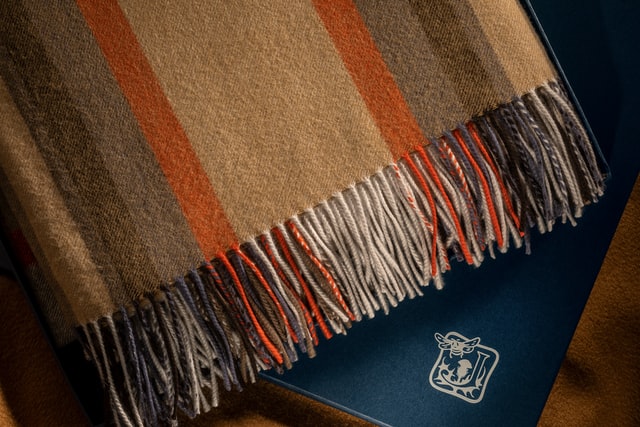
1. Harvesting and collection of cashmere fibers
· Shearing: First, the goats are allowed to grow full coats of hair.
· Cleaning: Next, the raw wool is picked through, and any dirt or impurities are removed.
· Combing: The individual wool fibers are combed into straight lines, and they are carded into light groups of fibers.
2. Processing and spinning into yarn
· Spinning: The carded fibers are fed into a spinning machine, which twists the wool fibers to form yarn. Depending on the textile products being produced, thinner or thicker yarn may be desired.
· Cleaning, dyeing: the yarn is cleaned again, and if the dye is desired, it may be applied at this point. In some cases, manufacturers prefer to garment-dye their cashmere items.
· Weaving: The finished cashmere yarn is woven into a textile product. Examples of popular cashmere products include scarves, vests, and sweaters.
· Final treatments: Before the garments leave the facility, they may be treated with flame retardants or other final treatments. Keep in mind that wool is naturally flame-resistant.
1. Shearing of sheep for wool fibers
Use an electric tool similar to a razor that removes all of the sheep’s fleece in one piece. A single sheep’s annual fleece can weigh over 8 kilos, although most are around 3-4 kg.
2. Cleaning, carding, and spinning into yarn
· Cleaning the Wool: a simple step of washing the wool removes dirt, other contaminants, and natural oils from the wool.
· Carding Most manufacturers use machines to card large batches of wool more quickly. By the end of carding, the wool fibers are lined up into a thin, flat piece. These sheets can then be drawn into long, thin pieces called rovings.
· Spinning the Wool into Yarn: Spinning uses a wheel to spin 2-5 strands of wool together. This forms long, strong pieces of wool that you would recognize as yarn. Different processes create different kinds of yarn that work for distinct final products.
· Weaving and Knitting: Some wool yarn is sold directly to consumers, who use it to craft hand-made scarves, sweaters, and other clothing. Other yarn forms the raw material for all kinds of wool products, from shoes to coats.
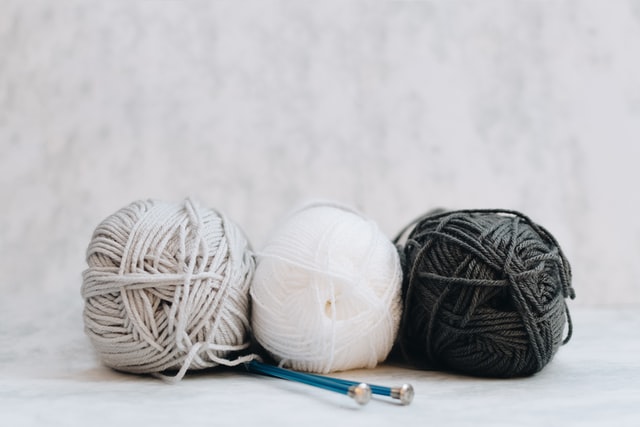
1. Grade and fineness of cashmere fibers
2. Rarity and scarcity of cashmere
The quality of cashmere can differ with fineness, length, and color being the key factors.
The most important factor in cashmere quality is the fibers' length and fineness. Items made with long fine fibers pill less and maintain their shape better than items made with shorter hair. In addition, the finer the cashmere fiber, the softer it feels.
Color also impacts cashmere quality; naturally white hair is more desirable because it doesn't require as much processing to dye different colors. Less processing equals a softer result.
You can use the touch test, the stretch test, the pilling test, and the look test to try and judge its quality.
1. Grade and fineness of wool fibers
2. Availability and demand for wool
The most important attributes of fine, medium, and coarse Merino fleece wool (18.6 microns and coarser) that influence the price received are fiber diameter, staple strength, vegetable matter, and position of break middle (Pobm).
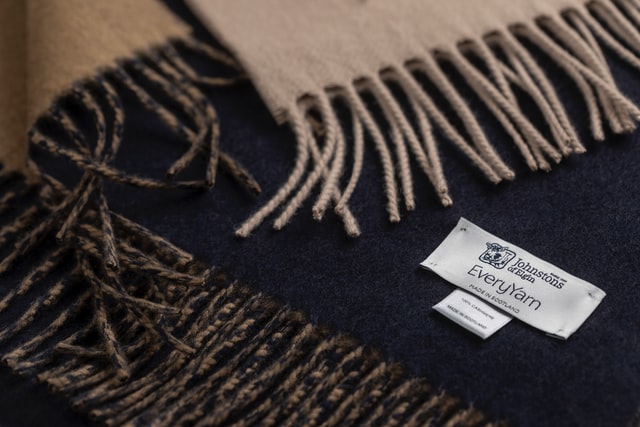
1. High-end fashion garments and accessories
2. Luxurious home textiles
In conclusion, cashmere is used mainly for fine coat, dress, and suit fabrics and for high-quality knitwear and hosiery. It is sometimes blended with other fibers. The strong, coarse hair separated from the down is used locally for grain bags, ropes, blankets, and tent curtains.
1. Wide range of clothing and textile products
2. Insulation in blankets, carpets, and upholstery
The most important use of wool is for apparel coats, jackets, suits, dresses, skirts, and slacks made from woven fabrics of varying weights and knitted fabrics. Acts as an insulator, hence used for bedding and blankets. Used to line boxes, shelf linings, and surfaces required to be softer. Winter clothes are made from wool.
1. Gentle handwashing or dry cleaning
Turn your garments inside out and hand wash using warm water (no more than 40 degrees) and a delicate detergent. Soak for five minutes to help loosen the dirt before gently squeezing and rinsing, first with warm water and then finishing with cold water. Fabric softener can be used if you wish.
2. Proper storage to prevent damage
Once all of your cashmere garments are clean and dry, fold and put them in a cedar chest. Always fold cashmere clothes, and never hang them for long-term storage. If you can't afford to store your cashmere in cedar chests, wardrobes, or on cedar shelves, use plastic bins and add cedar spheres.
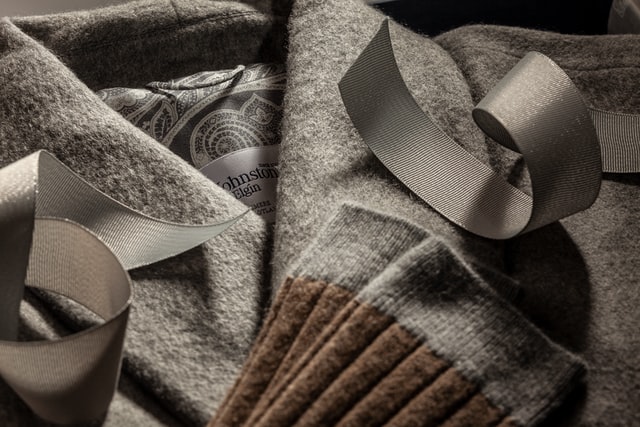
1. Regular airing and spot cleaning
If you do need to wash, keep the following in mind:
Hand wash: Put your sweater in a bowl with cold water and one drop of wool washing-up liquid. Then rinse properly a couple of times and after rinsing with your hands, lay the sweater in a towel, fold it and leave it to dry like this before airing it again (see DRY).
Choose a gentle cycle: If you have a modern washing machine, you can use a handwash or wool cycle.
Wash in lower temperatures: To avoid shrinking, only wash wool in cold temperatures.
Use a dedicated detergent: Use a detergent designed for woolen. Contrary to popular belief, what we learned when visiting the technical Woolmark Company lab in Melbourne last year is that we are never supposed to use softeners.
Avoid traditional dry cleaning: It’s a myth that wool needs to be dry-cleaned. Traditional dry cleaning is a highly chemical-intensive process that can have a negative impact on the environment, textile fibers, and your skin.
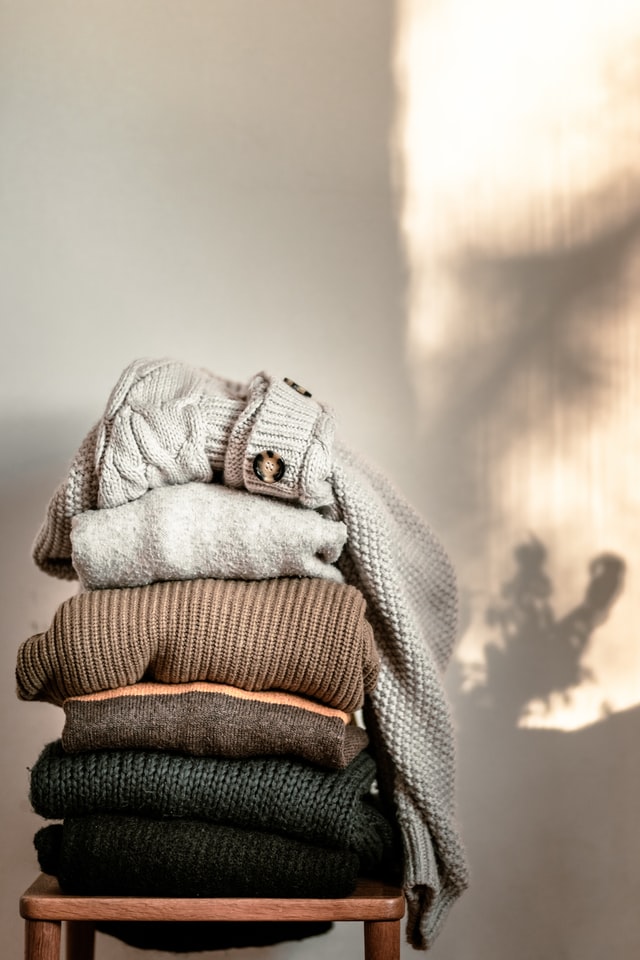
2. Appropriate washing and storage techniques
When the weather gets warmer and you want to pack away your winter woolens, bear the following in mind:
· Protect from moths: Keep your wool garments in cotton bags or use cedar wood balls to help keep moths at bay. If you do find moths have taken up residence in an item, pop it in the freezer for 24 hours, take it out and bring to room temperature, and then repeat again.
· Hang on padded hangers or fold – Knitted wool garments should be gently folded away in drawers. Woven garments can be hung in your wardrobe, but only on padded coat hangers.
Cashmere is a wool type that comes from the fine hairs of goats (Cashmere goats, including Kashmir goats). These goats are typically found in the Himalayas, and their fleece is used to make cashmere wool. While wool is the covering of certain animals including sheep, goats, and alpacas, commonly used to make clothing, blankets, and furniture.
A good way to think about it is that all cashmere is wool, but not all wool is cashmere.
It’s important to consider factors such as texture, insulation properties, and price when choosing between cashmere and wool.
When it comes to the world of clothing, there’s much more knowledge for us to try and experience, knowing these can help us better select clothes. After all, if you have any questions or ideas, just comment below and let us know!!